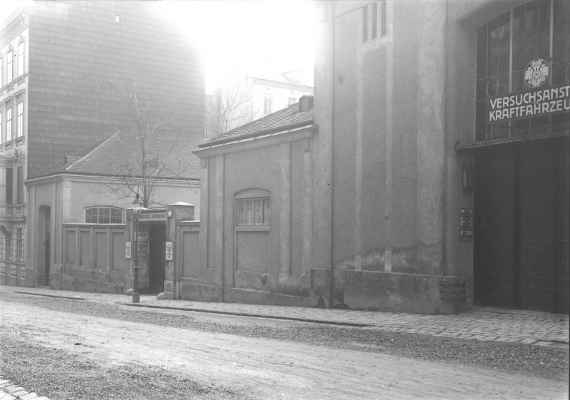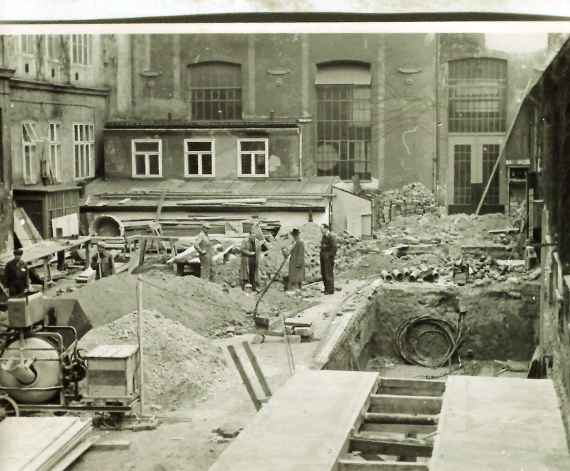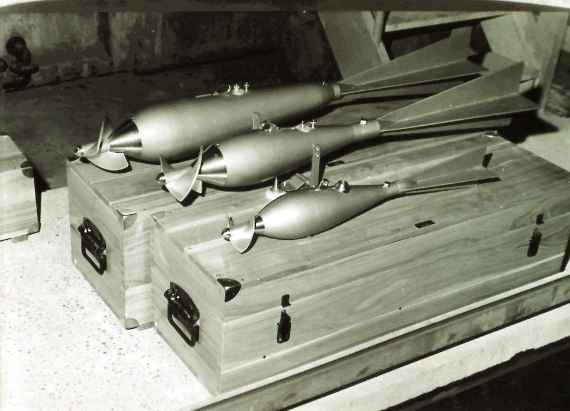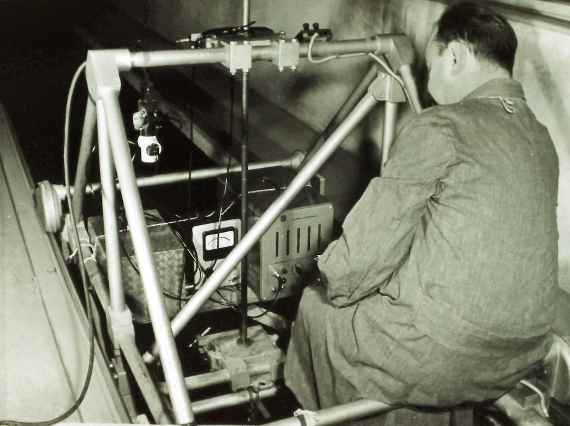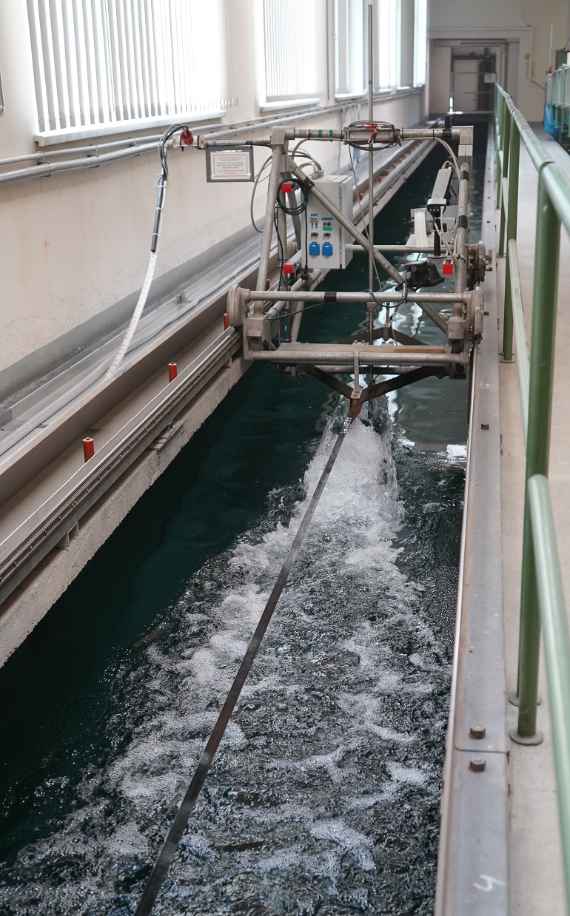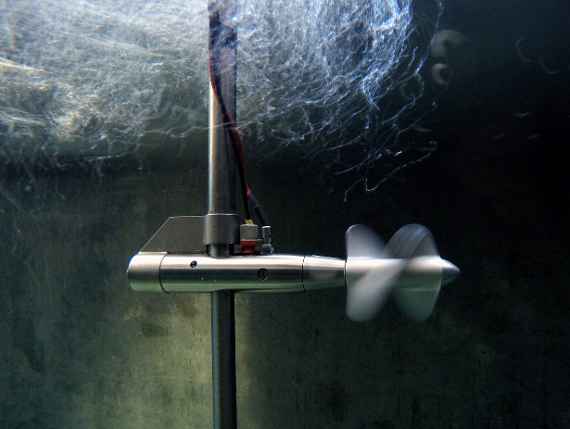From 1896 to 2023, hydrometrical current-meters and other flow velocity measuring devices were calibrated in Vienna.
The first calibration facility in Vienna's Prater had to be shut down after being damaged during the Second World War. From 1946, calibration activities were continued in Severingasse 7, the current Institute for Hydraulic Engineering and Hydrometry, using provisional technology. From 1951, a separate facility was available again, which was used not only for calibration activities but also for other water management research.
The task of our department was to calibrate flow velocity measuring devices, mainly for the hydrographic services in Austria but also for engineering offices and universities. The devices were mounted on a measuring trolley and pulled through a long water tank at a precisely defined speed. The result of the calibration is the calibration equation. It represents the relationship between the display of the tested measuring device and the speed of the measuring carriage. This speed is traceable to the international SI units. In addition to the accuracy of the measured values, the calibration also ensures their international comparability.
Hydrometrical current-meters are used primarily by hydrographic services to survey flow. They are the basis for determining design floods and pollutant loads, but are also used to survey residual flows or assess the passability of fish ladders.
In February 2023, the institute moved to a new hydraulic engineering laboratory operated jointly with the University of Natural Resources and Applied Life Sciences.The plans to move the calibration facility to the new laboratory could not be realised. Since the move, there is no longer any possibility for the calibration of current meters in Austria.
In coordination with the ministry and the hydrographic services of the federal provinces, a solution for the future calibration of the measuring instruments used in Austria is currently being worked on, as well as a concretization of the future hydrometry-services of the institute.
A black and white picture probably from the time before 1918.
On the far left the entrance to the garage, in the middle the actual main entrance to the (today's) institute. On the right, the gate to the testing facility for motor vehicles.
Construction of the calibration tank at Severingasse 7: The building site for the tank is located in the right part of the picture.
Hydrometrical current-meters can also be provided with large weights so that they lie stable in the flow when measuring on a rope even with high water flow.
Over the decades, the measurement technology for recording the wing pulses and the speeds of the carriage has been adapted to the state of the art several times and automated.
Measuring trolley in the calibration facility.
A hydrometrical current-meter during calibration.

